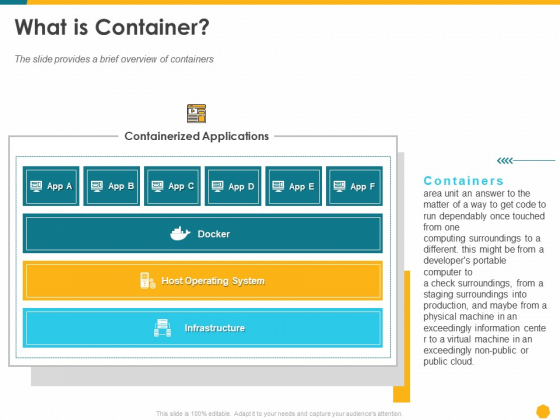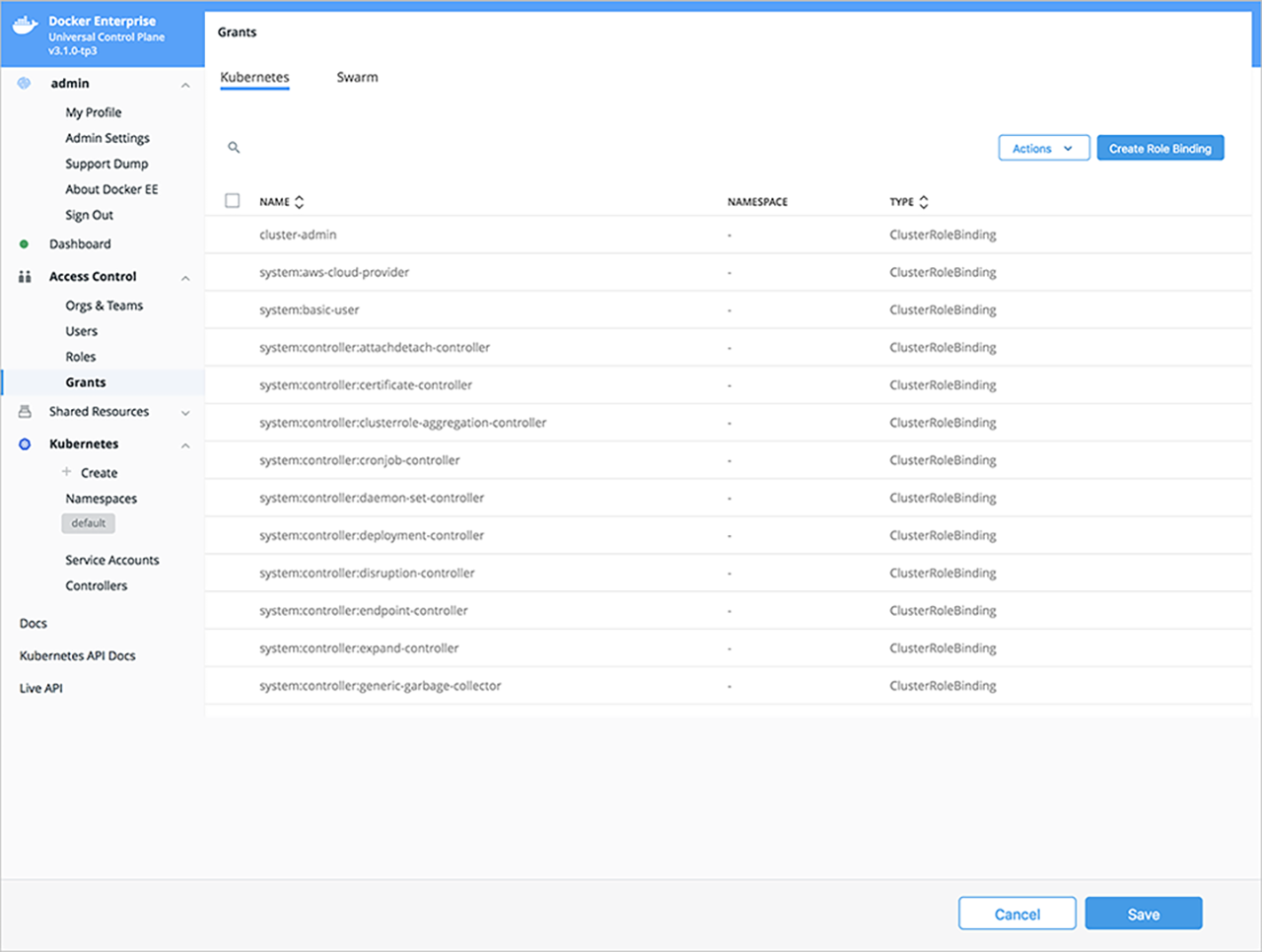

We will also brush on Compose, a tool allowing to put together complex applications made of multiple containers. This recipe is for a Flow deployed to Kubernetes, making use of a Docker sidecar container to pull an image and run a container. We will cover volumes, a major concept of Docker to store and share data (and essential to implement stateful services in containers). With many available open source and commercial tools, it's important to know what tools are best suited. We will explain in depth the networking model used by Docker (including the new features that landed in Docker 1.9, like the `docker network`Ĭommand and the `overlay` network driver). Container monitoring is essential to properly and proactively manage your system's success.
Docker and kubernetes recipes slides how to#
You will learn how to run services in containers: background workers or network services all alike. Kubernetes is better with Docker and Docker is better with Kubernetes, learn how they automate the management, placement, scaling, and routing of containers. Now that you know the basic pieces of the puzzle and have a better idea of what containers, Docker, and Kubernetes are all about, you can learn more at Kubernetes Learning Path. You will learn how to run containers, how to build them, how to distribute container images. Docker provides the toolset to easily create container images of your applications, and Kubernetes gives you the platform to run it all. This will take you "from zero to hero," explaining why Docker is so popular, giving examples of use, then jumping straight into a fast-paced hands-on course.

div 'a concise but clear introduction to containers. The book concludes with using multi container pods and installing Kubernetes on a multi node cluster. **So, what to expect from this tutorial?** Next, Kubernetes Microservices with Docker discusses using Kubernetes with all major groups of technologies such as relational databases, NoSQL databases, and in the Apache Hadoop ecosystem. By the end of 2013, it had gained a REST API, a build system (based on repeatable recipes called "Dockerfiles"), support for a wide range of Linux distros and storage systems, and more.ĭocker has become an incredibly useful tool and while it has deep roots in the Python community, it is written in Go, and it can run any Linux app (with support coming soon for Oracle Solaris, Microsoft Windows, and more).Ī sign of the times: in December, the San Francisco Python group hosts a meet-up with a talk titled "Deploying Python Apps Without Docker."

Back then, it merely allowed to start containers with an easy-to-use command-line interface. In Kubernetes version 1.9, apps/v1 is introduced, and extensions/v1beta1, apps/v1beta1 and apps/v1beta2 are deprecated.
Docker and kubernetes recipes slides software#
The first public release of Docker happened in March 2013 at P圜on. Kubernetes project development is very active and it may be confusing sometimes to follow all the software updates.


 0 kommentar(er)
0 kommentar(er)
